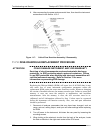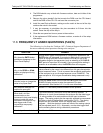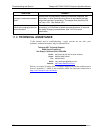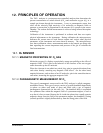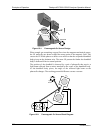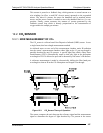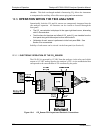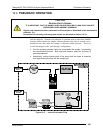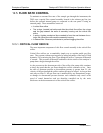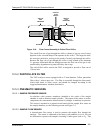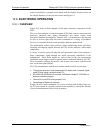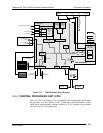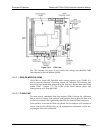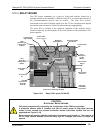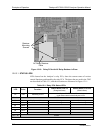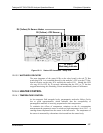
Principles of Operation Teledyne API T803 CO2/O2 Analyzer Operation Manual
210
12.5. FLOW RATE CONTROL
To maintain a constant flow rate of the sample gas through the instrument, the
T803 uses a special flow control assembly located in the exhaust gas line just
before the optional internal pump or connected to the rear panel if using an
external pump. These assemblies consist of:
A critical flow orifice.
Two o-rings: Located just before and after the critical flow orifice, the o-rings
seal the gap between the walls of assembly housing and the critical flow
orifice.
A spring: Applies mechanical force needed to form the seal between the o-
rings, the critical flow orifice and the assembly housing.
A sintered filter: Removes particulates to prevent clogging the orifice
12.5.1. CRITICAL FLOW ORIFICE
The most important component of this flow control assembly is the critical flow
orifice.
Critical flow orifices are a remarkably simple way to regulate stable gas flow
rates. They operate without moving parts by taking advantage of the laws of fluid
dynamics. By restricting the flow of gas though the orifice, a pressure differential
is created. This pressure differential combined with the action of the analyzer’s
pump draws the gas through the orifice.
As the pressure on the downstream side of the orifice (the pump side) continues
to drop, the speed that the gas flows though the orifice continues to rise. Once
the ratio of upstream pressure to downstream pressure is greater than 2:1, the
velocity of the gas through the orifice reaches the speed of sound. As long as that
ratio stays at least 2:1 the gas flow rate is unaffected by any fluctuations, surges,
or changes in downstream pressure because such variations only travel at the
speed of sound themselves and are therefore cancelled out by the sonic
shockwave at the downstream exit of the critical flow orifice.
07276B DCN6418



